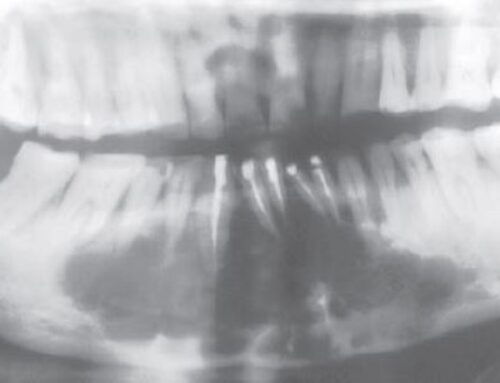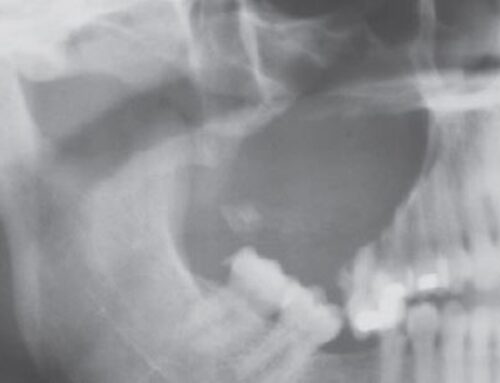AKA
- Mucus Retention Cyst; Mucus Duct Cyst; Sialocyst
Incidence
- usually occur in adults
Location
- Intraoral cysts can occur at any minor gland site, but most frequently develop in the FOM, buccal mucosa, and lips.
Cause
- Cystic dilation may develop secondary to ductal obstruction – represent salivary ductal ectasia rather than a true cyst.
Clinical Presentation
- Epithelium lined cavity that arises from salivary gland tissue.
- Often look like mucocele and are often characterized by a soft, fluctuant swelling that may appear bluish, depending on the depth of the cyst below the surface.
- Cyst of the FOM often arise adjacent to the submandibular duct and sometimes have an amber color.
Histopathology
- lining can consist of cuboidal, columnar, atrophic squamous epithelium surrounding thin or mucoid secretions in the lumen. Ductal ectasia is characterized by oncocytic metaplasia of the epithelial lining demonstrating papillary folds into the cystic lumen. Reminiscent of a small Warthin tumor but without the prominent lymphoid stroma.
Treatment
- Treated by conservative surgical excision.
- For cysts of major glands, partial or total removal of gland in necessary.




